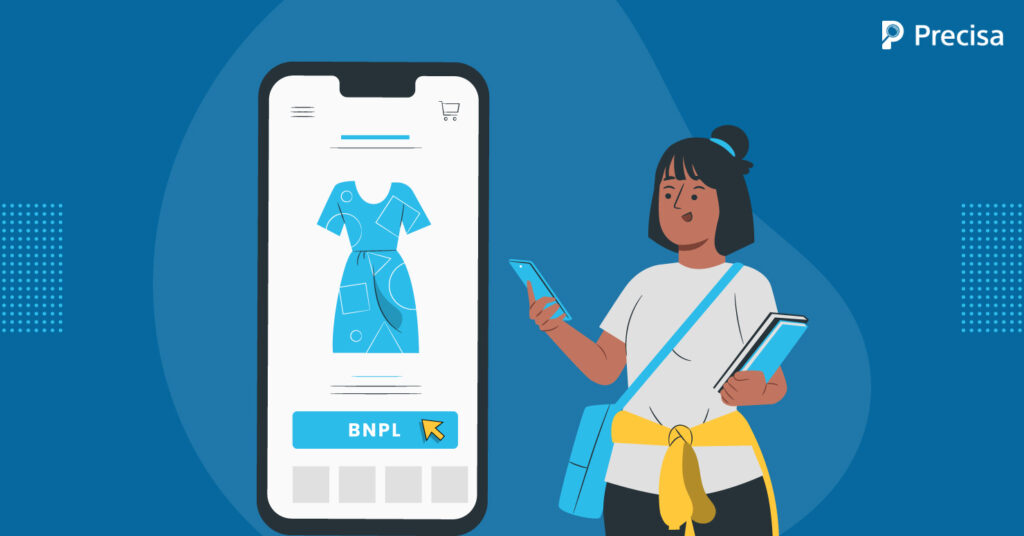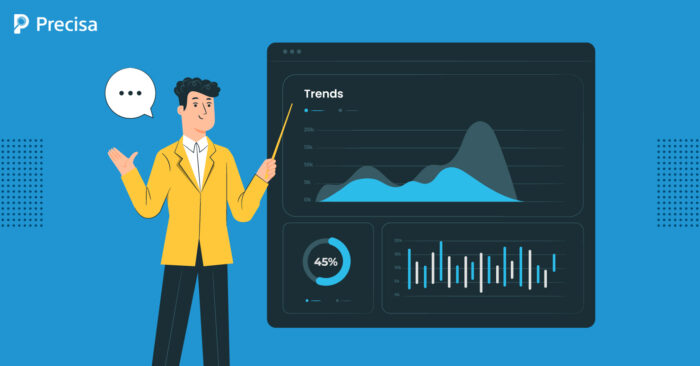How Secure Is the Future of BNPL Financing?

BNPL stands for Buy Now Pay Later. It is a payment service that allows customers to postpone their final bill for some time, even after buying something. As the name implies, consumers may want to make a purchase before payday, and BNPL enables them to buy things without making full payment immediately.
According to GlobalData, BNPL services are gradually gaining traction in the Indian payments market, with the transaction value of these services expected to grow at a compound annual growth rate (CAGR) of 32.5% between 2022 and 2026 to reach INR1.1 trillion ($15 billion) in 2026, driven by increased demand for short-term credit and growing consumer preference for online shopping.
Due to economic changes following the pandemic, consumers began buying groceries, clothing, and other necessities online. BNPL emerged as more than a payment mechanism, easing borrowers’ overarching financial stress.
What makes BNPL so Popular as a payment method?
In India, the widespread use of BNPL schemes by shoppers, especially Gen Z and millennials, influences e-commerce trends. Several businesses have altered their business models or devised alternative arrangements to meet young consumers’ demands for flexible purchase and payment options.
Here are 3 significant reasons why BNPL has become so popular:
1. Insufficient Alternative Credit
Banks and traditional financial institutions typically prefer giving loans to people with jobs or strong credit scores. Since most young consumers are first-time borrowers, banks will only offer them credit cards or loans if their parents guarantee them.
By analysing a user’s profile using alternative data and artificial intelligence capabilities, BNPL solutions enable first-time borrowers to get credit.
2. High Convenience
Because of the convenience extended by BNPL, it is gaining popularity among many who prefer fast payment methods for online purchases. Such payments are processed quickly, and the borrower can repay the money later.
3. Affordable EMIs
Consumers are increasingly using BNPL for small purchases because it allows them to divide the cost into small EMIs, which they can pay interest-free over three to six months.
Is BNPL the lender of the future?
In India, the lending industry is too enormous to be serviced by a single individual or sector. Therefore, BNPL will not replace traditional credit; instead, it may enhance it on two fronts.
For example, unlike traditional credit, BNPL loans are primarily used for online shopping or paying utility bills. This combination has made these loans more common during online transactions and purchases. This way, it rapidly transforms a loan instrument into a lifestyle symbol, allowing people to afford the products they want.
Also, with BNPL paving the way for new credit borrowers to improve their credit ratings and enter the formal financial market, more financial resources would be formalised and incorporated into the financial system.
Additionally, traditional financial institutions might use credit history data to create a more comprehensive and efficient credit risk assessment model. This increases credit availability for people who have previously been denied credit.
Crucial trends that could shape BNPL’s future
As the BNPL market grows, it is clear it is here to stay, especially as e-commerce continues to drive consumer behaviour who rely more on convenient shopping with flexible payment options. Let us examine the BNPL trends likely to manifest in 2022 and drive the sector’s growth.
-
Using partnerships to deliver an omnichannel experience
For consumers to embrace BNPL, services must be omnichannel. Customers can pay with cards and wallets in conjunction with partnerships with in-store and online retailers. Additional ways to drive adoption include offers on the payment page.
-
Adoption into different sectors
As a bite-sized microloan product supported by an Aadhar infrastructure and UPI stack, BNPL will grow popular across industries in the future year. In addition to electronics, mobiles, groceries, and basics, BNPL will be used more in healthcare, online education, insurance, and travel.
-
BNPL could be a boon for the e-commerce sector
BNPL services, on the other hand, will drive more consumers to e-commerce because this financing arrangement makes the customer journey more seamless than ever.
Online brands can use the buy now, pay later to attract customers who couldn’t previously afford to shop with them and retain existing customers who don’t always have the resources to pay upfront.
According to McKinsey & Company, consumers have high affinity and engagement with BNPL services.
-
More offline stores and retailers are incorporating BNPL systems
Although BNPL was originally designed for online shoppers, it has been adopted by more offline stores as in-store shopping resumes. The instant availability of zero-interest deferred payments and instalment plans will attract those between 25 and 44. Over the next five years, the offline market segment will grow fivefold.
Summing Up
The lending industry in India is simply too big for one individual or sector to handle, yet BNPL is becoming popular. BNPL will enable digital transactions in the future, and deferred payments and checkout financing will push the global BNPL industry to $3.98 trillion by 2030.
Precisa is a modern fintech tool that assists lenders in BNPL with real-time cloud-based bank statement analysis. It is integrated with APIs to assess the borrower’s credibility to ensure the lending process remains seamless and error-free.
Register today for a free demo!



